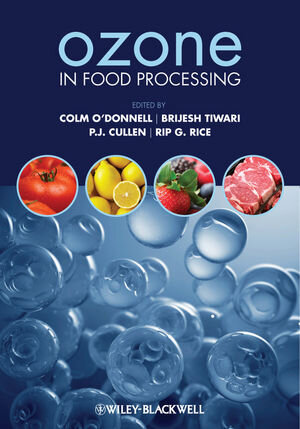
×
![Buchcover ISBN 9781118307434]()
This book is the first to bring together essential information onthe application of ozone in food processing, providing an insightinto the current state-of-the-art and reviewing established andemerging applications in food processing, preservation and wastemanagement.
The chemical and physical properties of ozone are described, along with its microbial inactivation mechanisms. The variousmethods of ozone production are compared, including their economicand technical aspects. Several chapters are dedicated to the majorfood processing applications: fruit and vegetables, grains, meat, seafood and food hydrocolloids, and the effects on nutritional andquality parameters will be reviewed throughout. Further chaptersexamine the role of ozone in water treatment, in food wastetreatment and in deactivating pesticide residues. The internationalregulatory and legislative picture is addressed, as are the healthand safety implications of ozone processing and possible futuretrends.
The chemical and physical properties of ozone are described, along with its microbial inactivation mechanisms. The variousmethods of ozone production are compared, including their economicand technical aspects. Several chapters are dedicated to the majorfood processing applications: fruit and vegetables, grains, meat, seafood and food hydrocolloids, and the effects on nutritional andquality parameters will be reviewed throughout. Further chaptersexamine the role of ozone in water treatment, in food wastetreatment and in deactivating pesticide residues. The internationalregulatory and legislative picture is addressed, as are the healthand safety implications of ozone processing and possible futuretrends.



